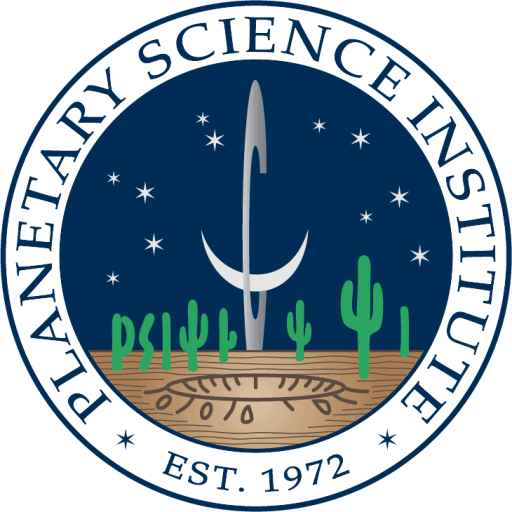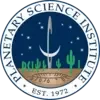Featured Cover Story
Planetary Science Institute is researching the universe, one world at a time – including our home, Earth.
PSI’s Jamie Molaro hosts workshop exploring relationships with time
From Nov.1-3, Planetary Science Institute Research Scientist Jamie Molaro hosted 30 people for the “Making Space: A Workshop on Space, SciArt, & Society” in Pasadena, CA. The theme was Chronology, timescale …
Latest Press Releases
With more than 100 researchers exploring planets near and far, we’re pushing the boundaries of planetary science.
Our work in the solar system
Click on the interactive map below to learn about our work.
Latest Posts + Shares
Follow and engage with Planetary Science Institute on your favorite social media platform.

Celebrating 50+ years
The Planetary Science Institute is a non-profit research organization dedicated to exploring the cosmos.
Our team of renowned scientists is involved in numerous NASA and international space missions, studying the solar system and beyond. Since 1972, we are committed to advancing our understanding of the cosmos.




